Century-old structure is restored
Featuring stone piers, wooden planks and a steel structure, the historic War Eagle Bridge in Northwest Arkansas is a community icon and treasured landmark. And now that it has been restored, visitors will continue to cross the bridge and enjoy the nostalgic aura of days gone by.
Stretching across War Eagle Creek, the century-old steel truss bridge was built in 1907 to allow the adjacent War Eagle Mill to transport flour to local markets without fording the river. The 300-foot bridge is only one of a handful of steel truss bridges in Arkansas, and it is listed on the National Register of Historic Places.
The years had taken a toll on the structure, and in 2003, the Arkansas State Highway and Transportation Department listed the bridge in poor condition. Planks were worn, steel pins in the truss' vertical end tension members had deteriorated to a potentially unsafe level, stone piers had deteriorated from water damage, and the trusses and other structural members suffered from extensive corrosion.
Beginning with a comprehensive field and structural inspection study in 2005, Garver provided planning, design, and construction observation and administration to rehabilitate the main truss span and the approach spans. The project also included restoring the stone piers, timber deck, steel stringers, floor beams, and approach span bearing assembly.
Because the single-lane bridge is recognized as a historic place, the integrity of its appearance had to be conserved. Throughout the renovation process, Garver maintained communication and consulted with the State Historic Preservation Officer, the Arkansas State Highway and Transportation Department and the Federal Highway Administration.
Restoration crews removed the timber deck and stripped the bridge down to the steel stringers and floor beams.
Additional steel members were added along the bridge to increase the structure's strength.
Once the frame was repaired, thicker timber decking was installed. The east stone pier, which supports the main truss and east approach, was cleaned and had its mortar repaired by repointing. Because of the environmental aspects of working over the creek, tarps were hung below the bridge to keep construction debris out of the water. One of the last steps involved painting the metal bridge surfaces with black encapsulation paint.
The bridge was closed a little more than two months, and Garver worked hard to complete this project on schedule. The bridge reopened in October and in time for the nationally acclaimed War Eagle Arts and Crafts Fair, which attracts thousands of visitors every year.
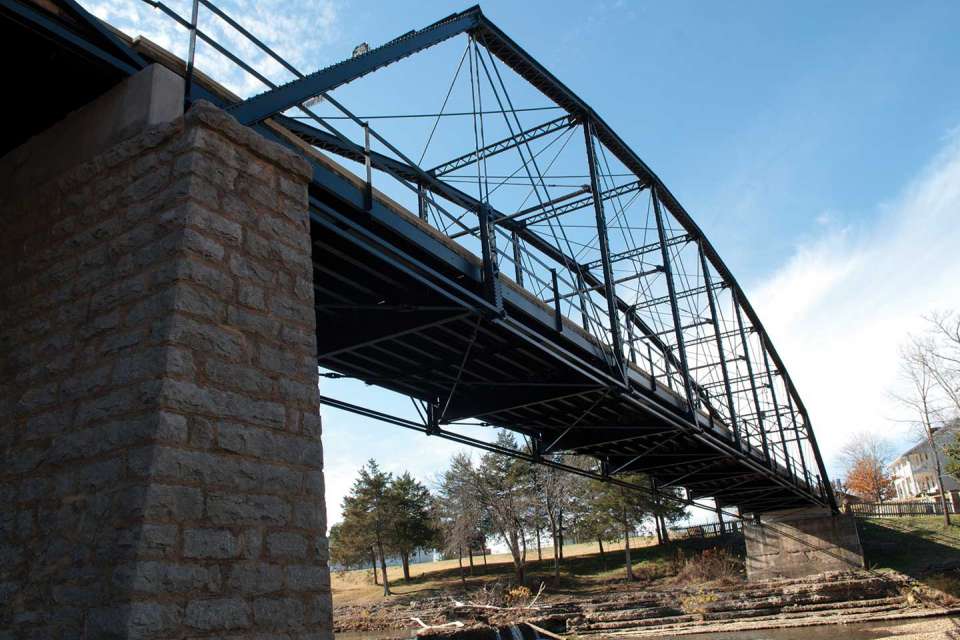
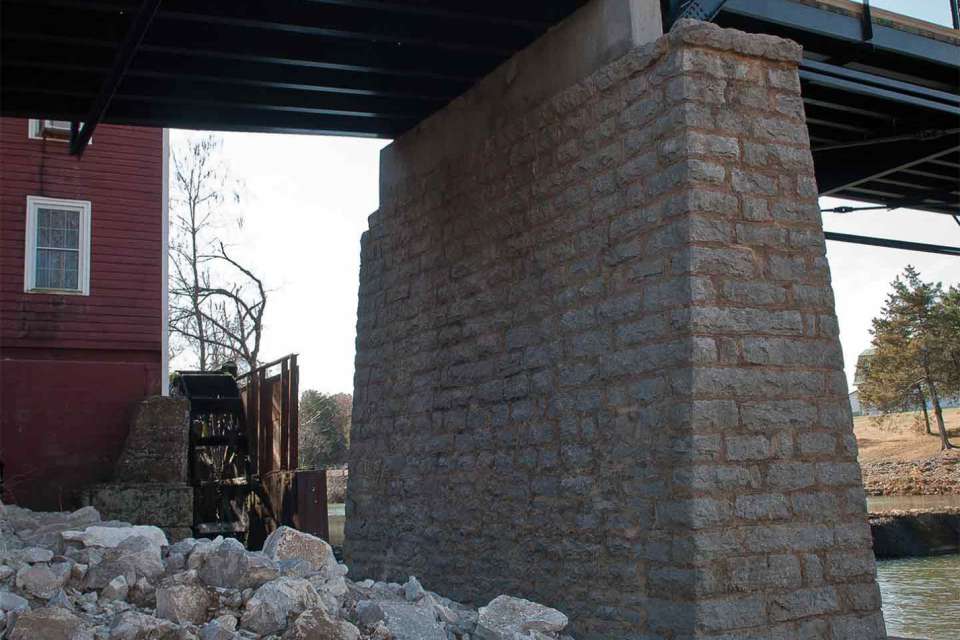
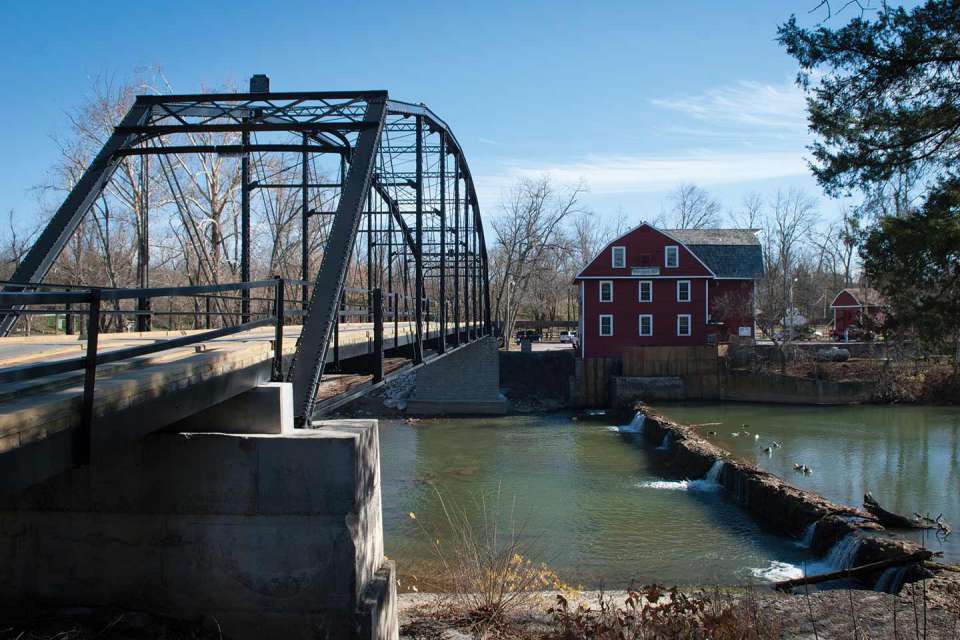
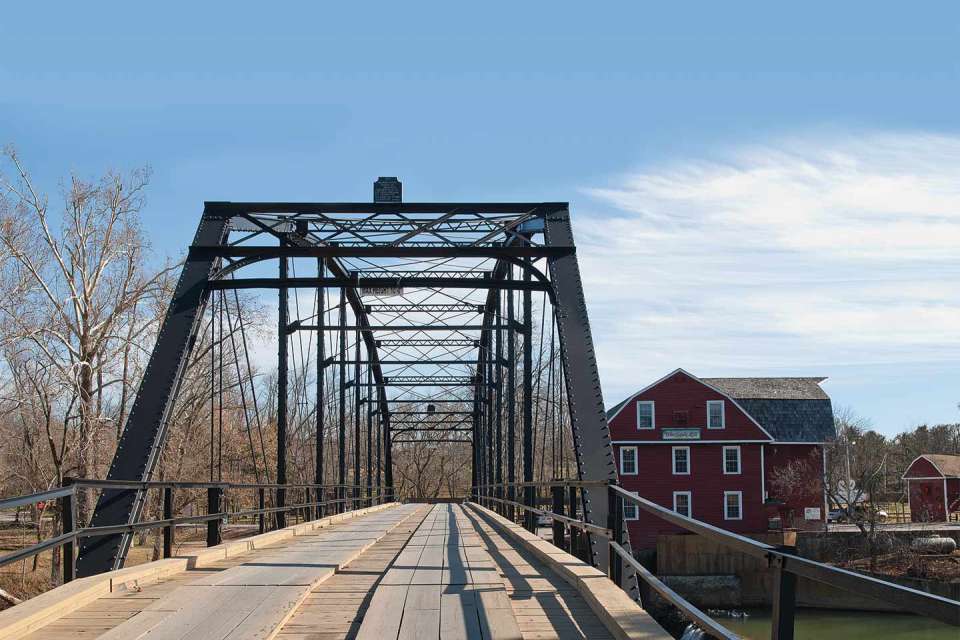
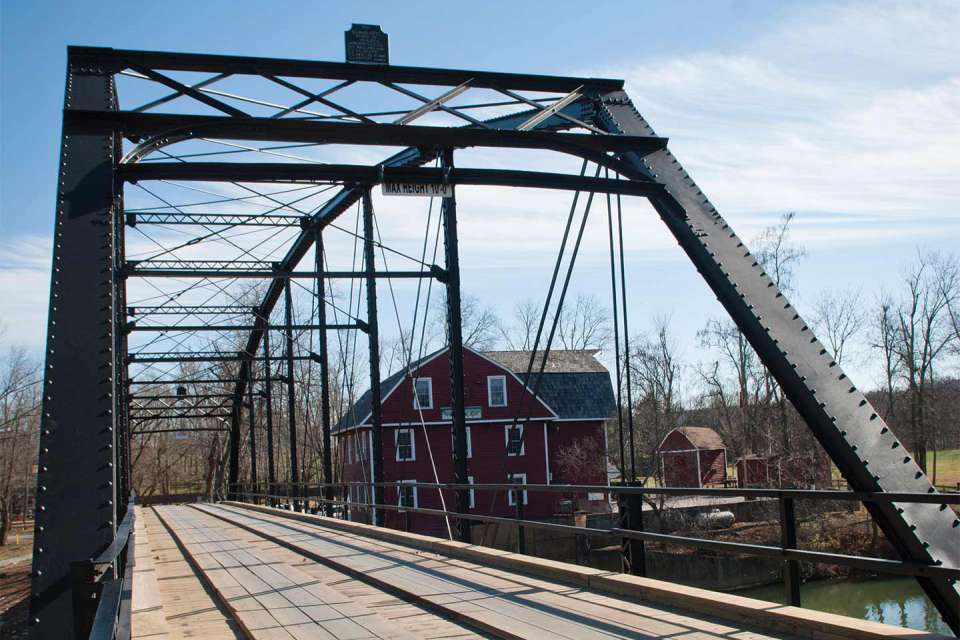
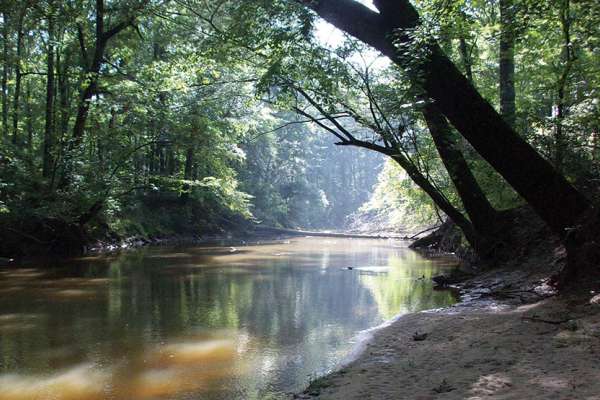


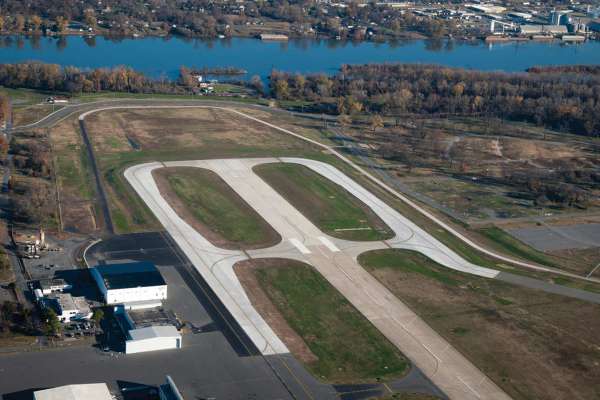
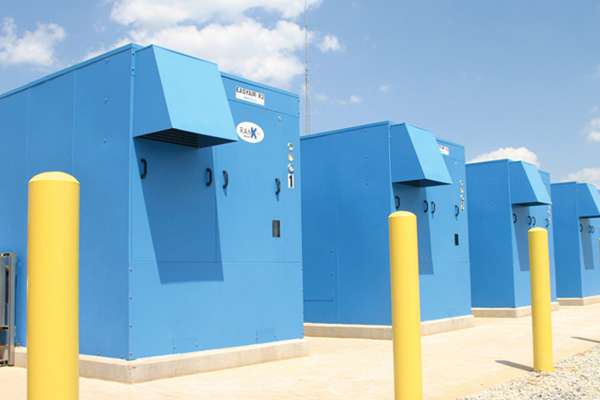

Share this article